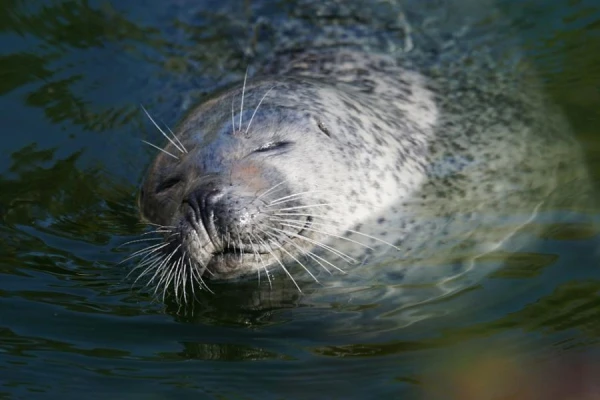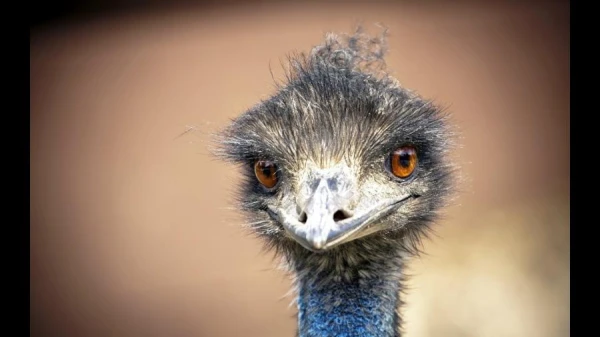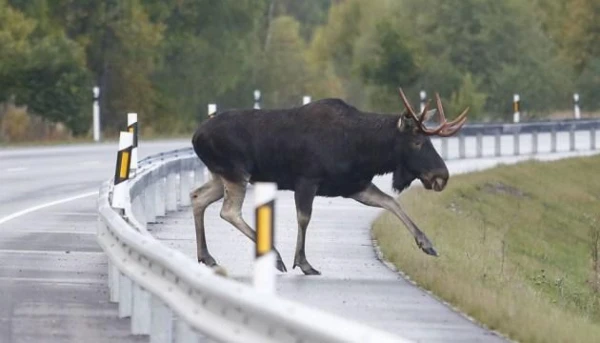
During hunting, seals and dolphins face instability in heart rhythm, which is related to two conflicting tasks: the need to conserve oxygen and the desire to swim quickly to catch their prey.
At first glance, it may seem that animals and plants are perfectly adapted to the conditions of their existence: birds are made for flying, and fish for swimming, and so on. Of course, there are birds that do not fly very well, but this only indicates that flying is not their primary function.
However, it would be erroneous to speak of complete adaptation to the habitat. All living beings strive for an “ideal,” but rarely achieve it. In the evolutionary struggle, the one who proves to be more “compatible” with the environment than their competitors prevails (and compatibility also includes the ability to interact with other species and develop social connections that promote survival). However, some deficiencies, such as those in anatomy or physiology, can persist for millions of years until evolution offers an improvement. A striking example is the functioning of the hearts of marine mammals, such as dolphins and seals, which are forced to dive frequently to significant depths.
For a long time, it was believed that diving slows the heart rate of cetaceans and pinnipeds, as it is necessary to conserve oxygen underwater, and the deeper one dives, the more oxygen needs to be preserved. However, dolphins, whales, and seals usually dive not just for the sake of it, but in search of food, and upon finding it, they begin to chase until they catch it. The search and capture of prey require significant muscular effort and increased energy expenditure, which, in turn, leads to increased blood flow and a faster heartbeat. Thus, the hearts of marine mammals find themselves in a situation where they must choose between slowing down and speeding up their rhythm.
Researchers from the University of California, Santa Cruz (USA) claim that evolution has not yet found a satisfactory solution to these conflicting demands. Terrie Williams and her team equipped several bottlenose dolphins and Weddell seals with special devices that recorded heart rate, animal movements, depth, and dive time. Observations were conducted both in a specialized pool (with dolphins) and in the open sea (with dolphins and seals). As a result, it was found that upon diving, marine mammals immediately “fall ill” with arrhythmia: the heart deviates from the established rhythm, and the rate of contractions begins to fluctuate, adjusting to current needs. In an article published in Nature Communications, the authors report that heart function depended on both dive depth and muscular effort. Fluctuations in rhythm occurred one after another, and for about 70% of the time underwater, the hearts of dolphins and seals were in a state of arrhythmia.
On one hand, this could be expected, considering that during diving, the mammal's body must solve conflicting tasks: conserve oxygen and do everything possible to catch prey. On the other hand, over tens of millions of years of evolution, mammals could have “found” a more suitable solution to this dilemma. Since in the case of arrhythmia, there is a risk that during the pursuit of prey at significant depths, the heart could simply stop. Although we do not yet know if this happens in nature, it is unlikely that arrhythmia occurs without consequences for the organism.
Of course, one could assume that animals have other mechanisms to compensate for insufficient physiological regulation of heart activity — in particular, behavioral ones. For example, Weddell seals try to distribute their efforts during diving in such a way as to maximize the stabilization of heart rhythm: they alternate periods of active muscular work with passive gliding in the water due to initial momentum. Obviously, such tricks allow dolphins and seals to hunt successfully and thrive, so even with a not entirely effective adaptation of the cardiovascular system, these animals have managed to occupy their ecological niche. Perhaps in the future, evolution will find a way to solve this problem, if by that time dolphins and seals still exist.















Leave a comment